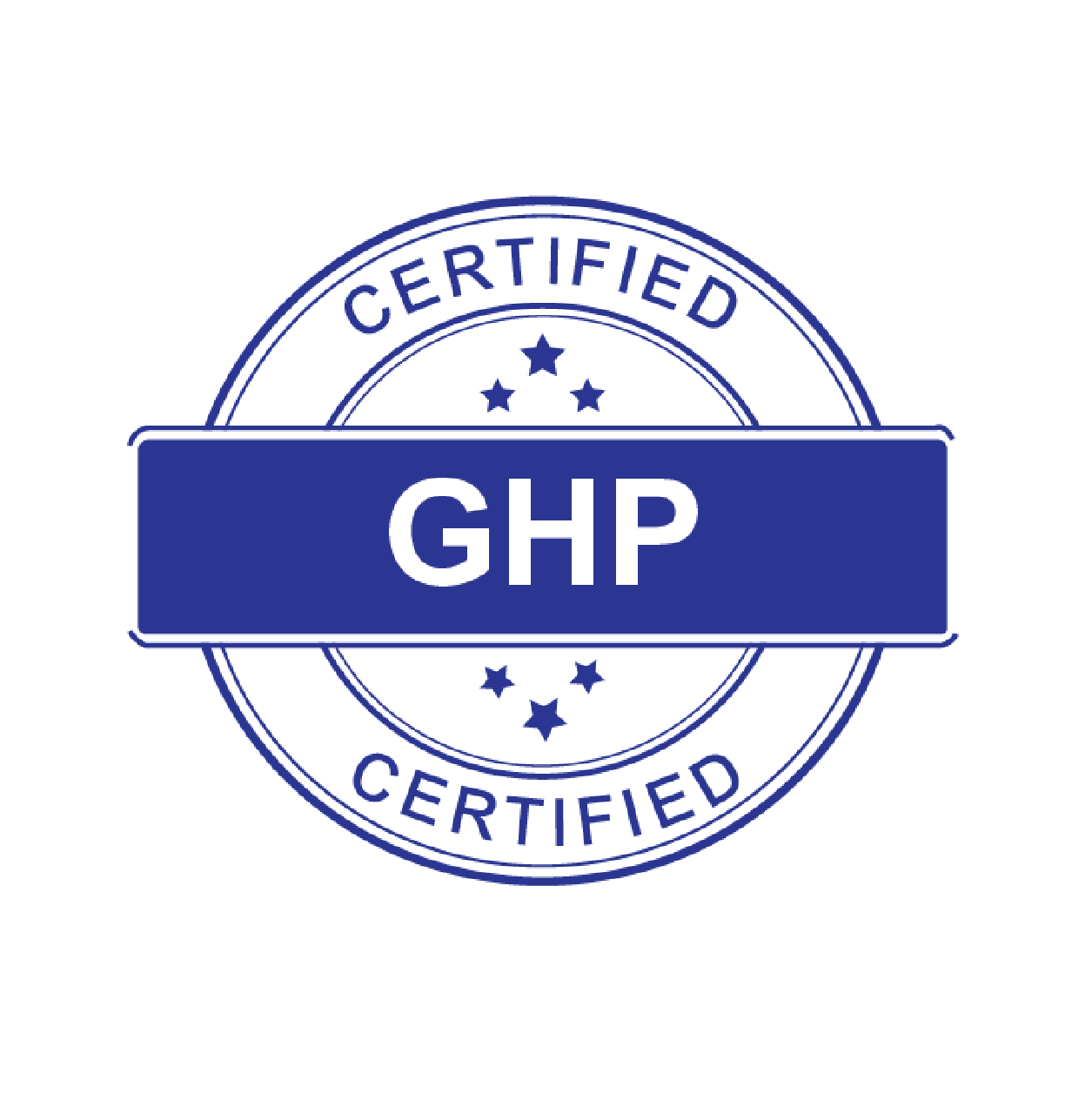
Good Hygiene Practices: The Foundation of Safe Manufacturing
In the manufacturing sector, observing hygiene practices is a legal requirement and a condition for ensuring the product's safety, quality, and the consumer's trust. Other industrial sectors, such as food processing, pharmaceuticals, cosmetics, etc., can suffer from poor hygiene and several issues like contamination, product recalls, legal issues, and brand identity loss.
Good hygiene practices (GHP) support safe manufacturing and help improve microbial, chemical, and physical hazards. This article describes hygiene practices and employee training concerning laws, compliance, technologies, and practices of hygiene.
What are Good Hygiene Practices (GHP)?
Good Hygiene Practices are principles and practices that aim at the safety and cleanliness of a specific area of manufacture. They seek to maintain sanitary conditions by preventing contamination risks from people, equipment, facilities, and raw materials during production.
GHP is part of the underlying HACCP system but can exist independently as a preparatory step. It contains recommendations about personal hygiene, cleaning and sanitation, pest control, maintenance of the facility, and handling goods, both raw and finished.
Importance of GHP in Manufacturing
The significance of GHP is critical to observe in industries where product safety impacts consumer health. Poor hygiene presents risks of product recalls, legal action, brand damage, and, more importantly, consumer harm.
Good Hygiene Practice GHP can help in:
✔ Prevention of microbial, physical, and chemical contamination.
✔ Compliance with national and international safety regulations.
✔ Increased confidence of customers in products.
✔ Increased waste and operational inefficiencies.
✔ Preparing organizations for advanced safety certification like HACCP or ISO 22000.
Good Hygiene Practices for Manufacturing
1. Facility Design and Maintenance
➤ Sanitary Facility Layout: Hygiene and smooth surfaces that can be cleaned easily should be part of the design elements of the manufacturing plant. As such, the plant is easy to navigate and provides the hygiene needs of the employees.
➤ Proper Ventilation & Airflow: Clean air must also be brought inside the workplace to allow pressing airborne contaminants or employees with employees.
➤ Pest Control: Hygiene-compromising infestations brought about by pests are prevented from hindering the business through regular inspection and pest control.
2. Personal Employee Hygiene
➤ Handwashing: Products must be thoroughly scrubbed with soap and sanitized before handling.
➤ Protective Clothing: Clean uniforms, gloves, facemasks, hairnets, and other relevant protective gear, protective clothing serves as a barrier against human contamination.
➤ Health Checks: To limit pathogens, only healthy workers should be allowed to handle products, lest illness-symptomatic workers be barred.
3. Equipment Cleaning and Sanitization
➤ Standard Operating Procedures Evaluation: Tools and machinery must undergo thorough cleaning and safety after every sanitization.
➤ Use of Food Grade Lubricants: Chemical contamination for food manufacturers is a significant issue. Thus, odorous lubricants that are not deemed harmful must only be employed.
➤ Prevention of Biofilm Formation: Bacterial build-up in places considered complex to reach is dealt with through proper disinfecting procedures against forgetting to clean correctly.
4. Raw Material and Storage Hygiene
➤ Supplier Verification: Suppliers proven to employ commendable hygiene when dealing with raw materials shall be good to get supplies with.
➤ Preserve Proper Storage Conditions: Spoilage and growth of microbes are regulated by proper humidity and temperature control.
➤ First-In, First-Out (FIFO) System: This guarantees that older stocks will be consumed first, thereby minimizing the possibility of expired items or materials contamination.
5. Waste Management
➤ Segregation of Waste: Dangerous and non-dangerous waste should be kept apart to avoid cross-contamination.
➤ Timely Disposal: Cleansing processes must be done within a specific period to prevent infection by rodents and bacteria.
Employee Training and Hygiene Awareness
Even the best hygiene protocols are ineffective if employees do not follow them. Training programs should cover:
✔ Importance of hygiene in manufacturing
✔ Proper handwashing and sanitization techniques
✔ Correct use of protective gear
✔ Cleaning procedures for equipment and workspaces
✔ Reporting hygiene violations or potential hazards
✔ Regular refresher courses and audits ensure that hygiene standards are consistently maintained.
Benefits of GHP Certification
While GHP is not a certification, many certification bodies offer GHP compliance audits that can add value to a company’s credibility. The benefits include:
➤ Demonstrating a commitment to safety and quality.
➤ Building trust with clients and consumers.
➤ Meeting regulatory and export requirements.
➤ Creating a safer work environment.
Why Choose GSCS International for GHP Compliance?
GSCS International is a globally recognized certification body that helps organizations implement and maintain Good Hygiene Practices. Here’s why GSCS is the right choice:
Expertise: A team of experienced auditors and consultants ensures compliance with international hygiene standards.
Customized Solutions: Tailored hygiene protocols that fit the unique needs of your business.
Global Recognition: Regulatory bodies and customers worldwide respect certification and guidance from GSCS.
Ongoing Support: GSCS offers training and consultation for continuous improvement.
Conclusion
Good hygiene practices buttress safe and successful manufacturing. By following meticulously drafted hygiene policies, training applicable personnel, complying with set guidelines, and employing modern technologies, manufacturers can achieve product safety and compliance as well as protect their brand image. Companies that prioritize hygiene to strengthen their market competitiveness will now be tomorrow's industry champions.
Proper hygiene investment is no longer a mere compliance necessity but an emerging business strategy that enhances product value, satisfaction levels, and sustained profitability.
FAQ:
● Regular handwashing
● Clean and sanitized equipment
● Safe storage of materials
● Pest control management
● Personal hygiene of staff
GHP stands for Good Hygiene Practices, a systematic approach to maintaining cleanliness and safety in food or product manufacturing.
GHP helps prevent contamination, ensures cleanliness during processing, and is the foundation of food safety systems like HACCP.
Examples include using hairnets, sanitizing tools before use, maintaining clean surfaces, washing hands frequently, and separating raw and cooked food zones.
